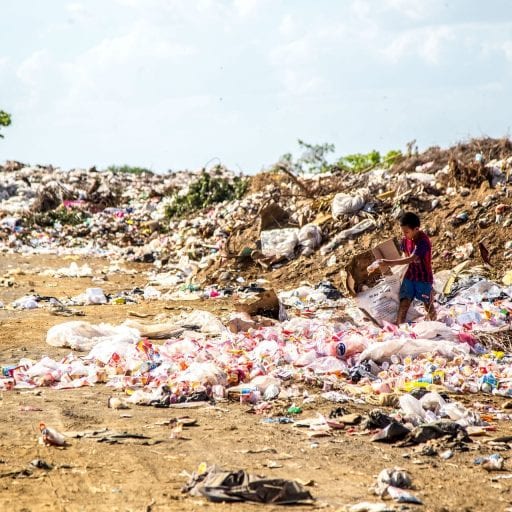Evan McCauley, Spencer McClellan, Parshon Sorornejad, Joshua Woodruff
Professor San Martin
Topics in Environmental History
“Deserts, Dogma, and Dryland Development Policy.” The Arid Lands: History, Power, Knowledge, by Diana K. Davis, The MIT Press, 2016, pp. 1–21.
Diana K. Davis is a professor in the history department of the University of California, Davis, and has a Ph.D in Geography from UC Berkeley. With a focus in environmental history, pastoral societies and arid lands, and environmental change and public health, she has been published many times for her works including, The Arid Lands: History, Power, Knowledge, and Environmental Imaginaries of the Middle East and North Africa. Davis is a recipient of the Meridian Award & Blaut Award, Guggenheim Fellowship, Millstone Fellowship, and multiple others for her research and publications.
“Deserts, Dogma, and Dryland Development Policy” is a chapter in a book written by Diana K. Davis titled The Arid Lands: History, Power, Knowledge. The book, published by the MIT Press, focuses on arid and dry lands on a global scale and how changes to these landscapes are politically motivated rather than environmentally motivated. The chapter, as well as the entirety of the book, focuses on analyzing how the modern view of deserts and arid lands are far different than the global perceptions of these lands in past centuries. Davis states in the chapter that “a fundamental reconsideration of deserts and dryland development is needed” (Davis 21) to return to a benign view of these lands rather than a negative, politically driven point of view.
The main topic and arguments of this publication pertain to the management of arid lands. Davis focuses on historical and contemporary practices and attempts at limiting and reclaiming land from desertification. Davis argues that the effects of attempted restoration or prevention of desertification is often a detriment to both the local people and the environment where it is attempted. Davis shows that attempts at desertification mitigation and reversal often fails and when it is successful it often has negative effects such as causing salination or lowering the water table. Native people, usually herders, are displaced by desert reclamation. These same people are often blamed for the desertification despite contrary and contemporary scientific evidence that the process is natural and not primarily anthropogenic. Davis reasons that this is a continuation of a historical tendency to disregard the practices of native people as “primitive or ignorant” (Davis 21).
Davis provides particularly solid evidence as she describes the “coefficient of variation (CV) of interannual rainfall” (Davis 15). Davis pinpoints relatively recent ecological studies that occured in 1988 and 1995 regarding the concept of environmental variability. Davis uses the studies of Ellis and Swift to describe the state of environmental equilibrium, or the idea that there is a linear balance in the events that occur in the environment. The use of scientific data strengthens her argument and supports her claim that native people are not completely to blame for changes to arid lands. In contrast, Davis’ closing arguments about the role of Christianity in the changing perceptions of deserts lack supporting evidence. Davis’ statement about the beliefs that deserts were a result of “divine intervention” (Davis 21), although enticing, does not include evidence to confirm that this belief was true.
Throughout the chapter, it is stated that in the past, the idea of desertification was thought to be the result of indigenous people and how they lived on the land. This is a way it can be seen as environmental racism. Dr. Bullard talks a lot about environmental racism and uses an example of the deep southern states in the United States. “Many of the polluting industries are located next to African American communities that were settled by former slaves,” because the land in so cheap and industrialized (Bullard 105). While Davis talks more about how people blamed the local people for desertification, Bullards example focuses on how big companies forced people to live in unsafe environments. They are the reverse of each other. “Nomads and their livestock have been incorrectly blamed for very long time for creating deserts like the Sahara,” while in fact indigenous people make good use of the land with little degradation (Davis 17). Davis never directly states that this is environmental racism but it definitely can be seen as an example.
While Davis’ book focuses mainly on the past attempts at change and their impact on the environment as it is known today, her research and work inspires the awareness of growing issues of deforestation and degradation of lands. Her work tackles the way that the attempts made by people in the past have altered social, political, and environmental dynamics, making the issues relatable to audiences with a breadth of interests. Davis’ research inspires new questions about the practices of industries and laymen that have negative impacts on the earth, and the ways in which those processes can be modified and eliminated.
Works Cited
“Diana K. Davis DVM, PhD.” Alan Taylor – People in the Social Science Departments at UC Davis, 13 Apr. 2017, history.ucdavis.edu/people/geovet.
